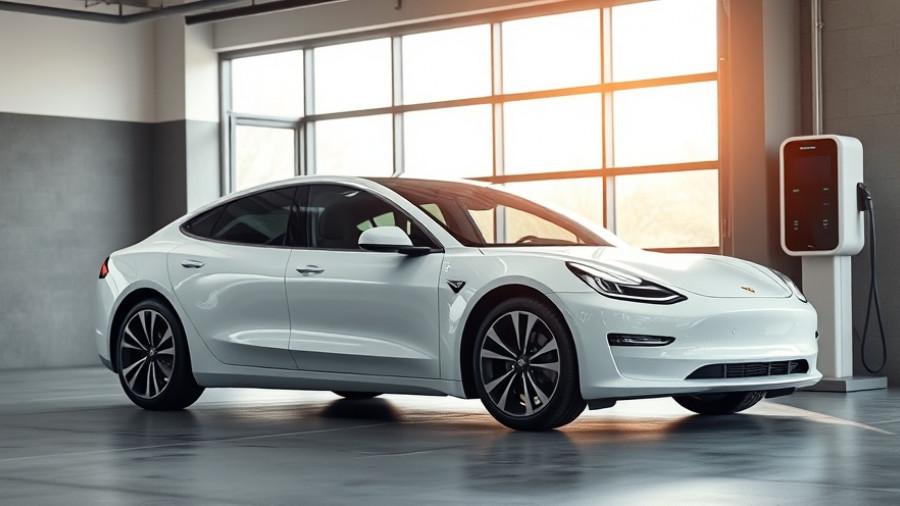
The Rise and Fall of Trolleybus Transportation in Bergen
The recent decision by Bergen officials to phase out Norway's only trolleybus line by 2030 marks an unfortunate turn in the city's commitment to sustainable public transport. Initially celebrated as a step forward in eco-friendly transit, these trolleybuses now face closure primarily due to infrastructure failings rather than the performance of the vehicles themselves.
Understanding the Faulty Infrastructure
Recently, it was uncovered that a contractor lacking the appropriate experience in trolleybus systems was responsible for installing parts of the overhead network. This oversight has led to malfunctions, including popping noises and sparking. It also resulted in maintenance costs that skyrocketed beyond expectations, costing the Vestland County Council over NOK 250 million annually, approximately €21.5 million. Despite the promising capabilities of the Solaris Trollino vehicles, it seems that poor assembly has rendered the entire service unsustainable.
The Broader Implication for Green Energy Initiatives
The decision to dismantle the trolleybus service poses significant questions about Norwegian efforts to shift towards green energy and sustainable transportation options. For homeowners and businesses interested in employing solar and green energy, this reflects the challenge of investing in technology without the support of a robust infrastructure. As cities like Bergen lead the charge toward electric mobility, the lessons here highlight the importance of fostering not only innovations but also the systems that support them.
Parallel Examples in Urban Transportation
Bergen's trolleybus situation isn't isolated; many urban centers have grappled with the integration of electric vehicles into their transportation networks. Cities such as Athens have seen similar dilemmas with their trolleybus lines being phased out due to outdated infrastructure. These incidents underline a shared obstacle: without the foundational support to sustain new technologies, investments can quickly become liabilities.
The Future of Public Transportation in Norway
As the trolleybus line in Bergen is set for closure, the city must explore alternative solutions to meet its green transport goals. Electric buses, already in use, represent a potential continuity in public transportation options, albeit with different operational dynamics. A shift toward more well-established technologies, including advanced battery-operated buses, might be essential while ensuring any new infrastructures are implemented correctly from the start.
Moving Forward: Learning From Mistakes
This unfortunate closure is not merely a loss for Bergen; it serves as a crucial learning opportunity for cities globally that are navigating the transition to electric mobility. Future projects must prioritize partnering with experienced contractors and investing in thorough training to mitigate risks associated with faulty installations. Beyond that, stakeholders must advocate for a holistic view of urban transportation that encompasses reliable electric options alongside their necessary support systems.
Get Involved: Advocating for Sustainable Transport
As cities worldwide rethink their transportation strategies, it is vital for concerned citizens—especially homeowners and businesses interested in solar and green energy—to engage in discussions around public transport planning. Expressing interest in sustainable initiatives not only influences local policy but also drives demand for better infrastructure that supports green technologies.
 Add Row
Add Row  Add
Add 



Write A Comment